Tips for Growing Echeveria Succulents
Echeveria are arguably one of the most popular types of succulents. They're also typically the first type of succulent most people think of.
Their beautiful rosette shape, unique textures, and wide variety of colors make these very attractive plants.
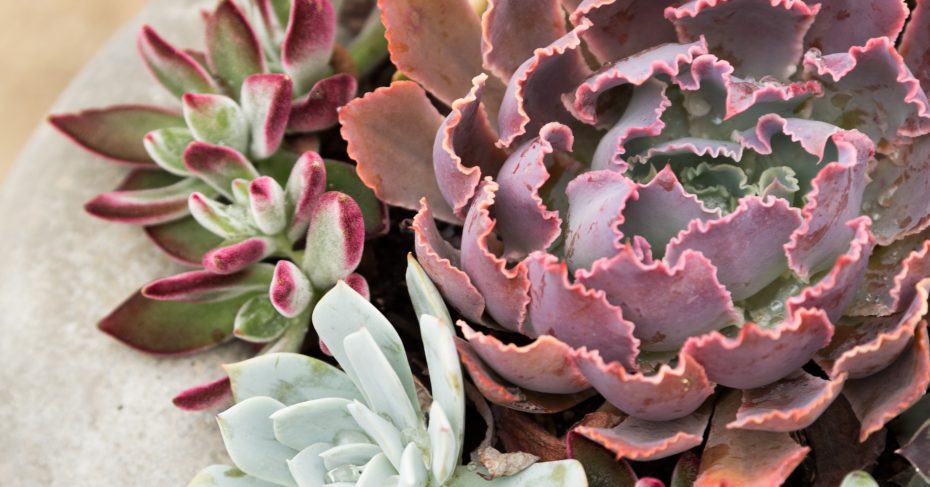
Unfortunately, for indoor gardeners or beginning gardeners, they may not be the best option without getting some tips on how to care for them.
Succulents and Sunshine is reader supported. We may earn a commission, if you purchase through links on our site, such as Mountain Crest Gardens, Amazon, or Etsy. We only promote products we use and trust.
How Much Light Do Echeveria Need?
Echeveria typically grow best with a lot of light, or full sun. If you're growing succulents indoors, this would mean placing your Echeveria in the brightest window of your home and supplementing with a grow light, even if it's just a simple desk lamp with an LED bulb.
For outdoor growing, full sun doesn't necessarily mean it gets direct light all day long. Echeveria generally prefer getting direct light in the morning when the temperatures are cooler and shade in mid to late afternoon when things warm up.
Too much direct light combined with high heat will burn the leaves of your Echeveria. On the other hand, not enough light will cause your succulent to stretch out and lose its compact shape and color.
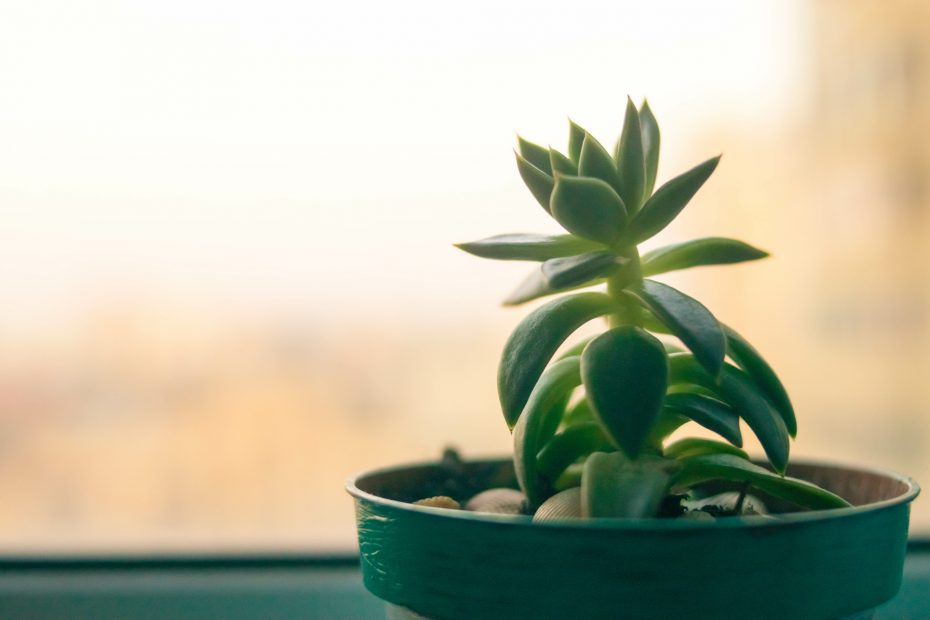
Echeveria are typically known for having colorful foliage like pinks, purples, and blues. They'll maintain these colors best, and even more intensely, when they're getting the right amount of light. In shady areas or indoors they'll often lose their distinct coloring and revert to a lighter, green color in addition to getting tall and leggy.
How Often Should I Water My Echeveria?
While there isn't a set schedule that's perfect for all Echeveria, it's best to water them with the "Soak and Dry Method" of watering. As with most other succulents, Echeveria don't like to sit in wet soil. They store water in their leaves and are very drought-tolerant. Depending on the climate, they can go weeks without water before showing signs of under watering.
Echeveria are very prone to rot. When in doubt, err on the side of watering less frequently.
Really quick, be sure to grab my FREE watering cheat sheet so you can learn how to tell if your succulents are getting too much water (and how to save them if needed).
Misting your Echeveria is not a good idea. Succulents thrive when their soil gets completely soaked and then dries out completely. Misting will provide the Echeveria with some water on the leaves but won't help it develop a strong root system.
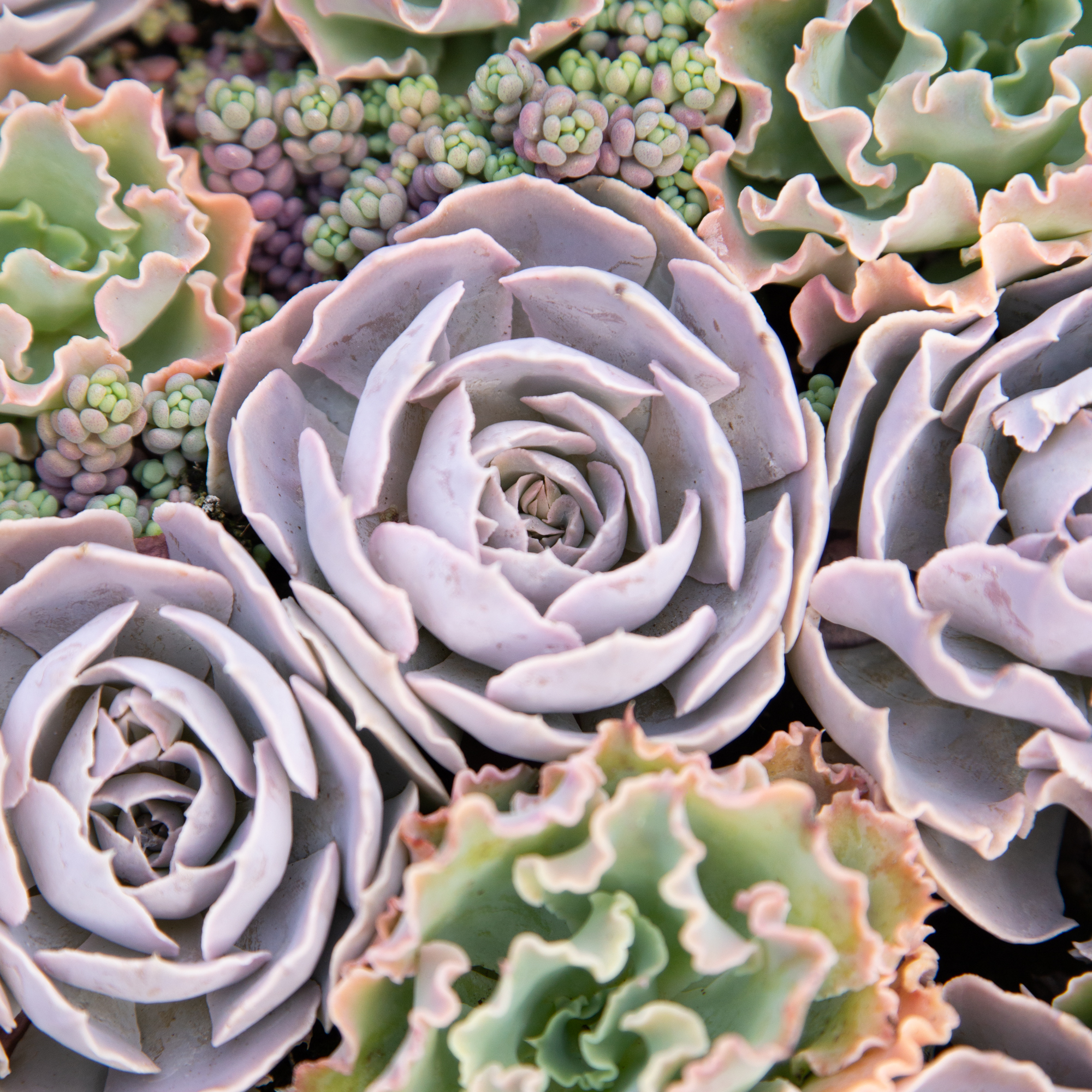
A critical part of preventing overwatering is using well-draining succulent soil and placing your Echeveria in a pot with a drainage hole. Both of these will allow the soil to dry out more quickly, meaning your plant is less likely to suffer from rot.
Bottom watering your Echeveria is a good idea if you're using soil that doesn't drain very well.
Should I Grow Echeveria Outside or Inside?
Echeveria won't survive outside in a four-season climate. While they can handle a few nights of frost, they won't tolerate growing outdoors if winter temperatures regularly drop below 30°F.
Similarly, they won't survive well in climates that get above 100°F for extended periods of time.
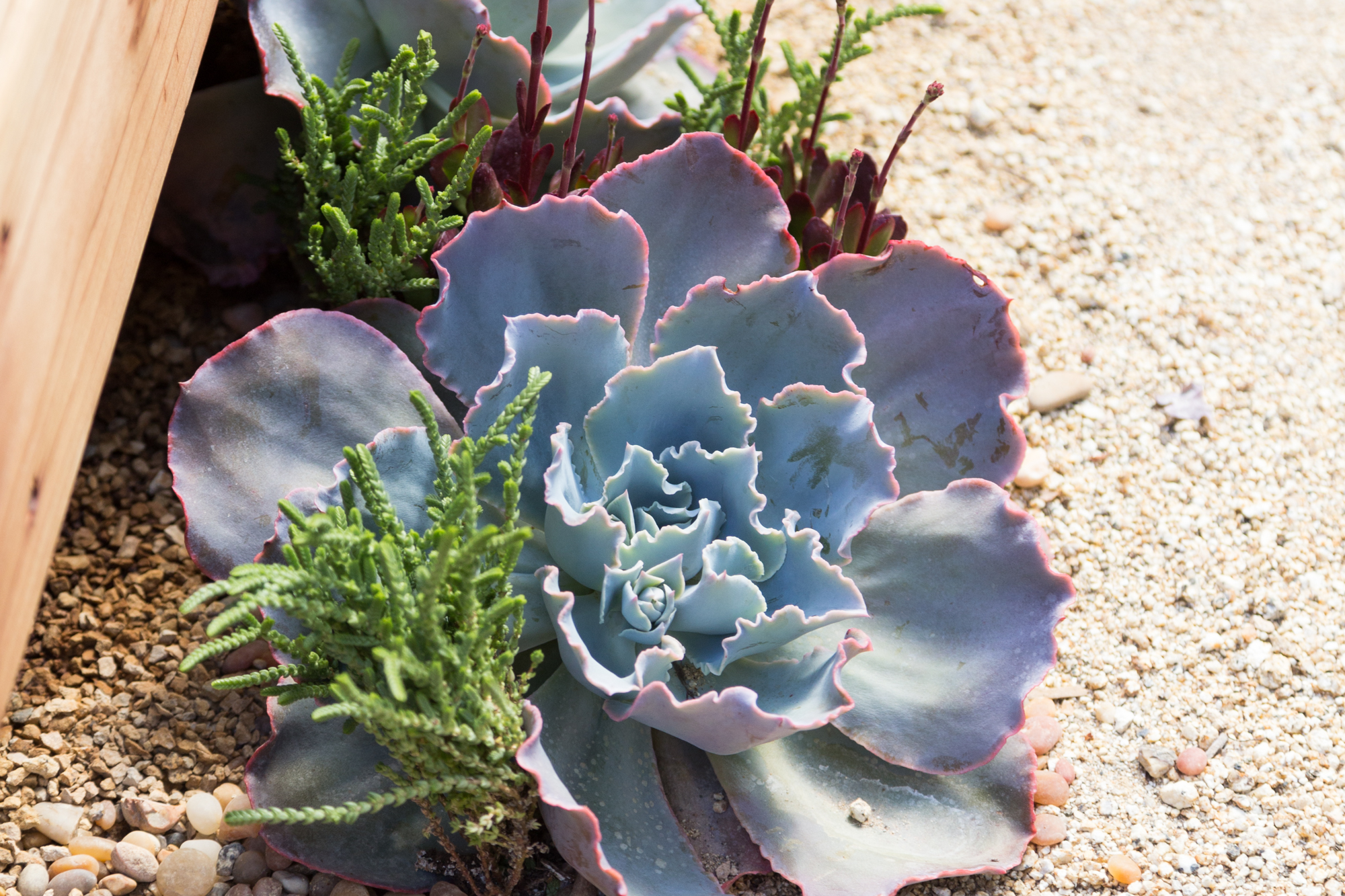
Yet, growing indoors brings a different set of problems. While the temperature indoors is ideal for Echeveria, typically, there isn't enough light inside to maintain compact growth and vibrant colors. Most indoor growers find using a grow light for their succulents is the best way to keep them colorful inside.
Some gardeners also take their succulents outside for the summer and bring them inside for the winter. Echeveria are dormant in the winter and will grow more slowly. Watering less frequently when growing them indoors will also cause them to grow more slowly and, therefore, stretch out less.
Your Echeveria will likely need to be indoors for at least part of the year unless you live in a very temperate climate like San Diego, CA. They can be grown inside year round with adequate lighting and proper watering.
Popular Echeveria Varieties
There are hundreds of types of Echeveria species and new hybrids are being released constantly. As such, it can be hard to identify your succulents down to the exact species or cultivar. However, there are a number of common varieties you're likely to see in local nurseries and online succulent stores. Some of these include:
- Echeveria agavoides
- Echeveria elegans
- Echeveria 'Perle von Nurnberg'
- Echeveria purpusorum
- Echeveria 'Topsy Turvy'
- Echeveria 'Lola'
- Echeveria 'Black Prince'
While most Echeveria have similar care needs, some have more specific needs than others. For example, Echeveria 'Black Prince' needs more light to maintain its dark color than Echeveria agavoides.
Echeveria 'Laui' is notoriously prone to root rot, whereas 'Perle von Nurnberg' is much more forgiving and is a great option for beginners interested in growing Echeveria.
While it's not necessary to know the exact species and cultivar, it can be helpful to get as close as possible to the right ID so you can find any cultivar-specific nuances that will help you better care for your succulent.
Echeveria Flowers and Blooming
While it isn't always predictable, most Echeveria will bloom once a year, typically in the spring. The plant will send off a long shoot near the center of the plant with sparse leaves and a cluster of small blossoms at the end.
Most Echeveria have yellow, orange, or pink flowers. These flowers can help with identification and differentiating between similar varieties.
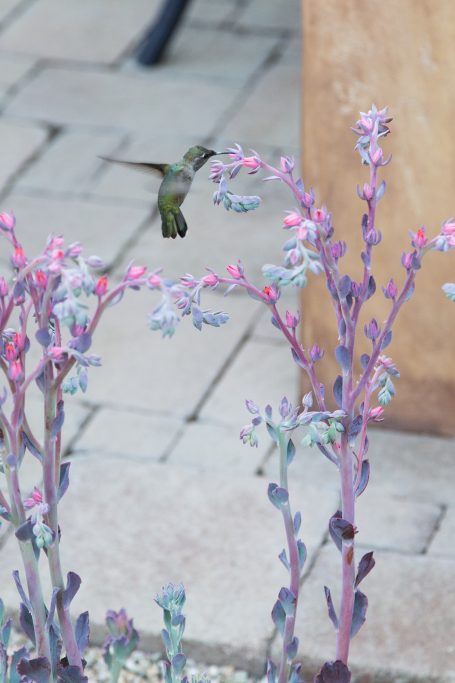
You can leave the flower stalks on your Echeveria as long as you'd like. When they're done blooming, simply pull or cut them off near the main plant. You can also leave the flowers on long enough for the blossoms to dry and harvest the seeds to propagate. It's not the easiest way to propagate, but if you're up for a challenge, give it a try!
Many outdoor succulent growers find that Echeveria flowers attract pests. If you find this to be the case, you can cut the flower stalks off early to minimize the risk.
Unlike their cold hardy "hens and chicks" (Sempervivums) counterpart, Echeveria are not monocarpic, and will continue to grow after flowering.
Propagating Echeveria
A fascinating part of growing Echeveria is learning how to propagate from leaves. Many species can easily grow a new "pup" by simply removing a leaf and setting it out on top of soil.

Echeveria can also easily be propagated by taking stem cuttings. Chopping off the top of your rosette can encourage new rosettes to form on the lower stem, and the piece you removed will eventually put off new roots and grow on its own.
While many people are hesitant to cut off part of their plant, it's a great way to get more plants for free and it's actually good for the succulent too. Oftentimes as a healthy plant grows, it will get tall and start to bend over. In the "wild" the stem may break and propagate on it's own.
Propagating from leaves and cuttings is a great way to grow more succulents and swap with friends.
Colorful Year Round
Echeveria are unique from other plants because they maintain their color all year round. While your roses might only bloom for a few months, Echeveria look like a rose and stay colorful throughout the year.
If you're looking for a low-maintenance plant that can brighten up your home, Echeveria may be a good option for you. Be sure to give them plenty of light, water deeply but infrequently, and you'll be surprised how much joy they add to your life.
Really quick, be sure to grab my FREE watering cheat sheet so you can learn how to tell if your succulents are getting too much water (and how to save them if needed).